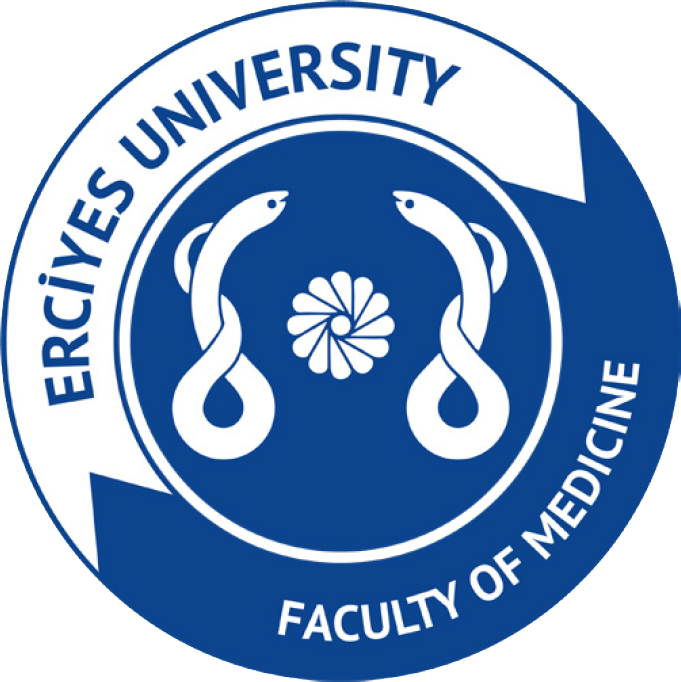Abstract
Objective: This study was designed to determine the level of stereopsis in anisometropic children with and without amblyopia who used corrective glasses and to investigate the effect of the type and magnitude of anisometropia on the level of stereopsis.
Materials and Methods: The medical records of 256 children with a diagnosis of non-amblyopic anisometropia or anisome-tropic amblyopia, and healthy controls were retrospectively reviewed for this study. Anisometropia was categorized into 3 groups: spherical equivalent-only anisometropia, astigmatic-only anisometropia, or combined anisometropia. The level of stereopsis was measured using the Titmus stereo test, compared between groups, and the correlation of the stereopsis with the magnitude of anisometropia was analyzed.
Results: Patients in the non-amblyopic anisometropia group had a similar stereopsis level when compared with the con-trol group (55.2±41.03 and 47.2±19.8 seconds of arc, respectively; p=0.223). The level of stereopsis was significantly less in the anisometropic amblyopia group (279.4±120 seconds of arc) compared with the non-amblyopic anisometropia (55.2±41.03 seconds of arc) and control groups (47.2±19.8 seconds of arc) (p=0.008, p=0.006, respectively). A greater spherical equivalent difference between the eyes resulted in poorer stereopsis in the anisometropic amblyopia group, and com-bined anisometropia was found to be associated with poorer stereopsis levels in the nonamblyopic anisometropia (NA) group.
Conclusion: The NA patients had a similar level of stereopsis compared with controls while wearing corrective glasses. This result suggests that as long as patients have good visual acuity, stereopsis is preserved, and that refractive correction with glasses does not interfere with stereopsis in childhood anisometropia.


